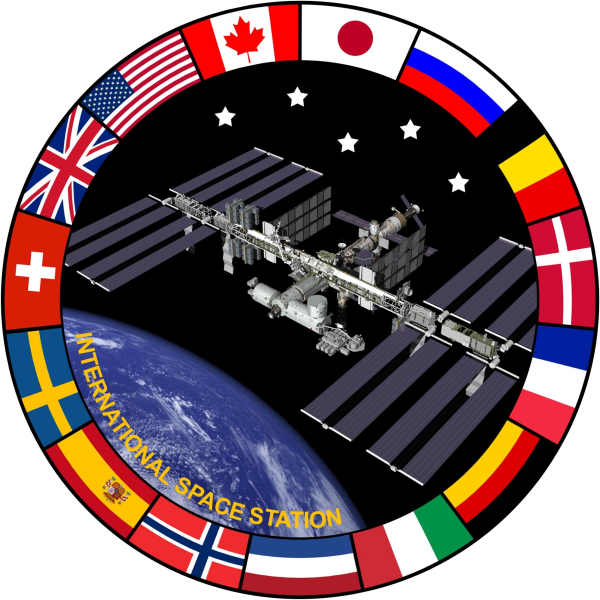The International Space Station (ISS) is a pioneering laboratory that provides a unique vantage point in low Earth orbit to collect data on our planet's atmosphere, climate change, natural disasters, and environmental conditions through both visual observations and dedicated instruments, contributing to a deeper understanding of Earth systems and potential solutions to environmental challenges.
Current plans are to extend space station operations until 2030.
Type
Data Center

Instruments Aboard ISS
| Instrument Name | Operational Date(s) | Spectral Resolution | Type of Instrument |
|---|---|---|---|
| Cloud-Aerosol Transport System (CATS) | 532, 1064 nm |
Profilers/Sounders | |
| Compact Ocean Wind Vector Radiometer (COWVR) | March 2022 - present | Spectrometer/Radiometer | |
| Ecosystem Spaceborne Thermal Radiometer Experiment on Space Station (ECOSTRESS) | 5 spectral bands in the 8 μm to 12.5 μm range and an additional band at 1.6 μm for geolocation and cloud detection (six bands total) |
Spectrometer/Radiometer | |
| Earth Surface Mineral Dust Source Investigation Imaging Spectrometer (EMIT Imaging Spectrometer) | July 27, 2022 - Present | 380 – 2500 nm |
Spectrometers/Radiometers |
| Global Ecosystem Dynamics Investigation Lidar (GEDI Lidar) | January 2019 - present | 1064 nm |
Altimeter |
| Lightning Imaging Sensor (LIS) | Narrow-band filter centered at 777 nm |
Spectrometer/Radiometer | |
| Rapid Scatterometer (RapidScat) | October 3, 2014 - August 19, 2016 | 13.4 GHz Ku-Band (microwave) |
Scatterometer |
| Stratospheric Aerosol and Gas Experiment III (SAGE III) | |||
| Spectral Irradiance Monitor (SIM) | 200 nm to 2,400 nm |
Ultraviolet Instrument | |
| Temporal Experiment for Storms and Tropical Systems (TEMPEST) | Spectrometer/Radiometer | ||
| Total Irradiance Monitor (TIM) | Visible/Infrared Instruments |
Frequently Asked Questions
Earthdata Forum
Our online forum provides a space for users to browse thousands of FAQs about research needs, data, and data applications. You can also submit new questions for our experts to answer.
Submit Questions to Earthdata Forumand View Expert Responses